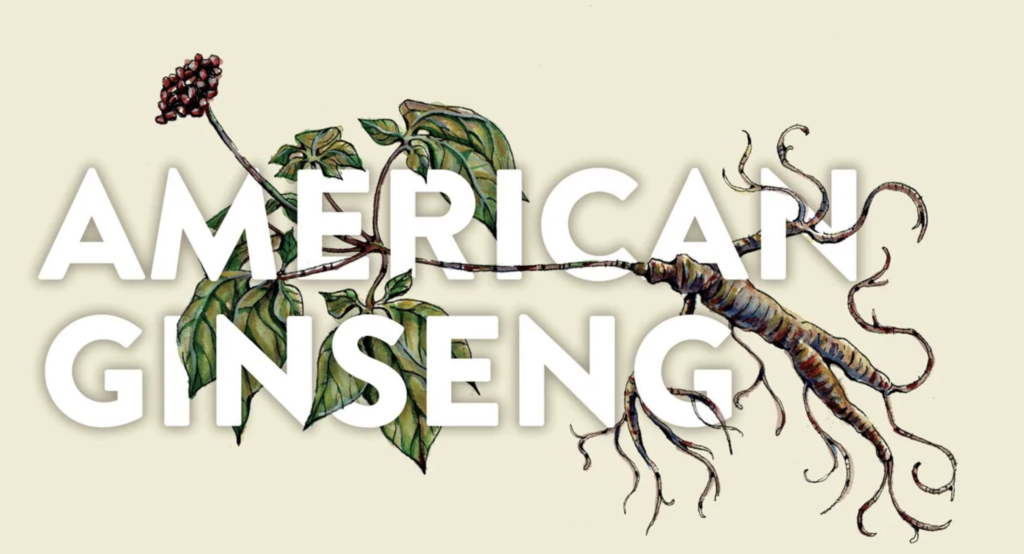
Last week I officially started my internship with the Smithsonian’s Folklife and Cultural Heritage Department. Having lived in Washington DC for over 40 years, working for the Smithsonian has always been high on my bucket list. Also, 40 years ago I started my first internship with the United States Information Agency as a still-photographer. One of my first assignments was taking pictures of the Folklife Festival on the Mall. Its funny how life can come full circle.
According to the Smithsonian’s strategic plan, its goal is to ” build on its unique strengths to engage and to inspire more people, where they are, with greater impact, while catalyzing critical conversation on issues affecting our nation and the world.” In regard to Folklife and Cultural Heritage, its mission is to “through the power of culture, we build understanding, strengthen communities, and reinforce our shared humanity.”
As part of this strategy one of the primary goals and objectives is to “Promote awareness of our collections through conferences, presentations, and digital outreach.” To support this digital outreach effort the Folklife and Cultural Heritage group is turning towards social media and that is where my internship comes into play. I have been assigned to a particular project called American Ginseng: Local Knowledge, Global Roots.

American Ginseng is a new website developed by the Smithsonian Center for Folklife & Cultural Heritage. This site presents the shared stories of a wide variety of people with intimate knowledge of the harvest, cultivation, trade, medicinal use, and conservation of this fascinating plant.
Relatively unknown, American Ginseng is highly prized in Asian traditional medicine. Grown in the wild in the eastern United States, the plant’s root can be worth well over $500 a pound. The story of American Ginseng goes back several hundred years and for many communities in Appalachia, the prized root has been a source of much needed income.
Unfortunately due to its high value and the degradation of its natural habitat, wild American ginseng faces many threats, from encroaching suburban sprawl and extraction industries to the environmental impact of climate change. The goal of the American Ginseng project is to promote conservation efforts. By using social media to encourage growers, dealers, and researchers to share their stories, it is hoped that the site can be a digital advocate for — “protection by government agencies, education on good stewardship, cultivation in forest settings, and research into accelerating its propagation” — and most importantly help ensure the survival of American ginseng for future generations.
My initial role is to assist with the development of a social media strategy. A brief online survey has determined that there are hundreds of websites and Facebook groups dedicated to the subject of American Ginseng. The new American Ginseng site will be launched later this Fall. Its success will be dependent upon a strategy that includes the creation of a social media toolkit to help promote the site. The toolkit will include the graphic presented above, #GinsengFolklife hashtag, and suggested language for Facebook groups to post links to the new site.
I am most interested in observing how effective a social media strategy will be in generating interest in the website. The topic of American Ginseng is a fascinating story, but it is definitely not mainstream. However, the global brand of the Smithsonian is very powerful and it will be interesting to track how quickly the word spreads about the website and if the content overlaps into mainstream media.